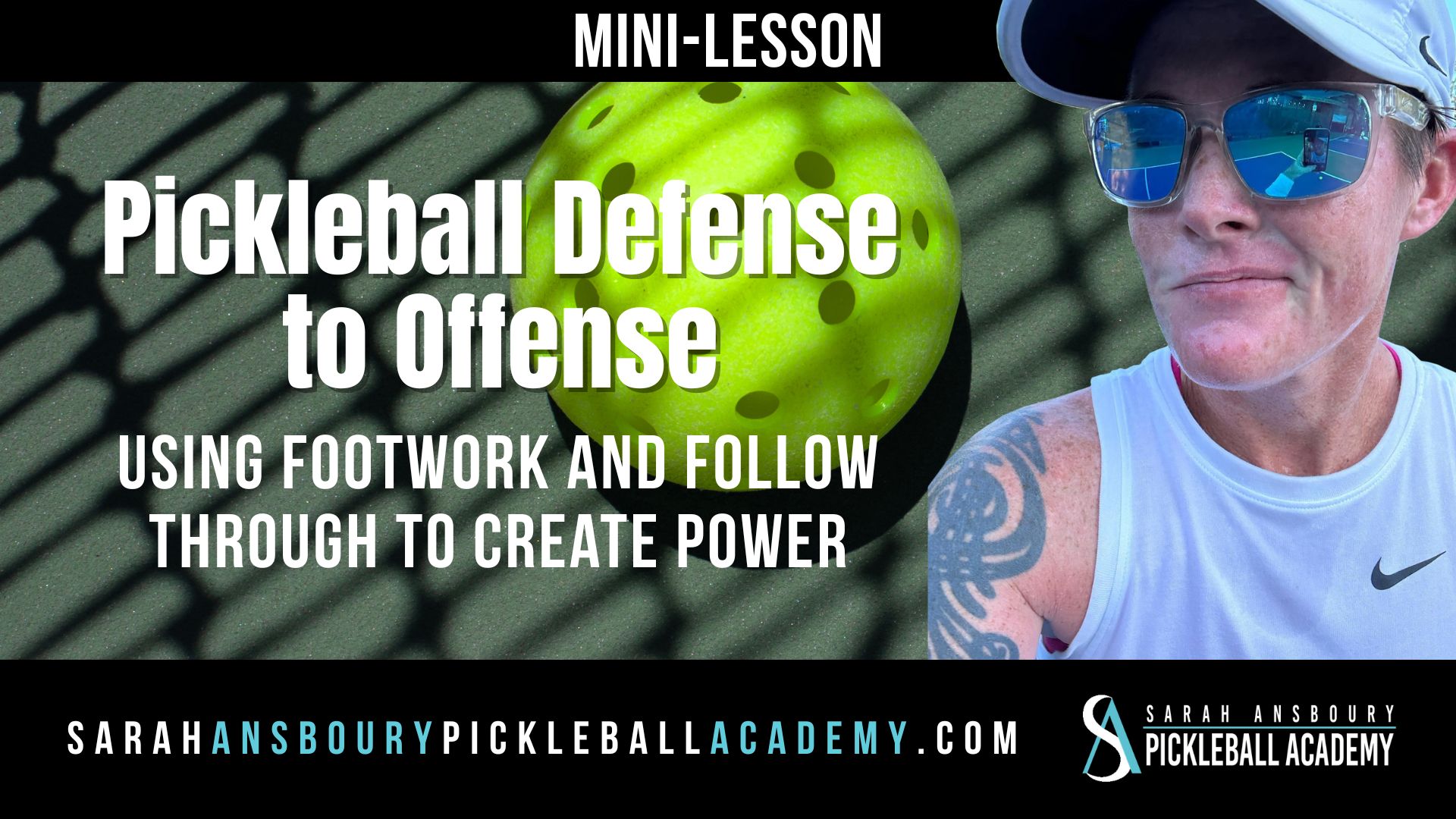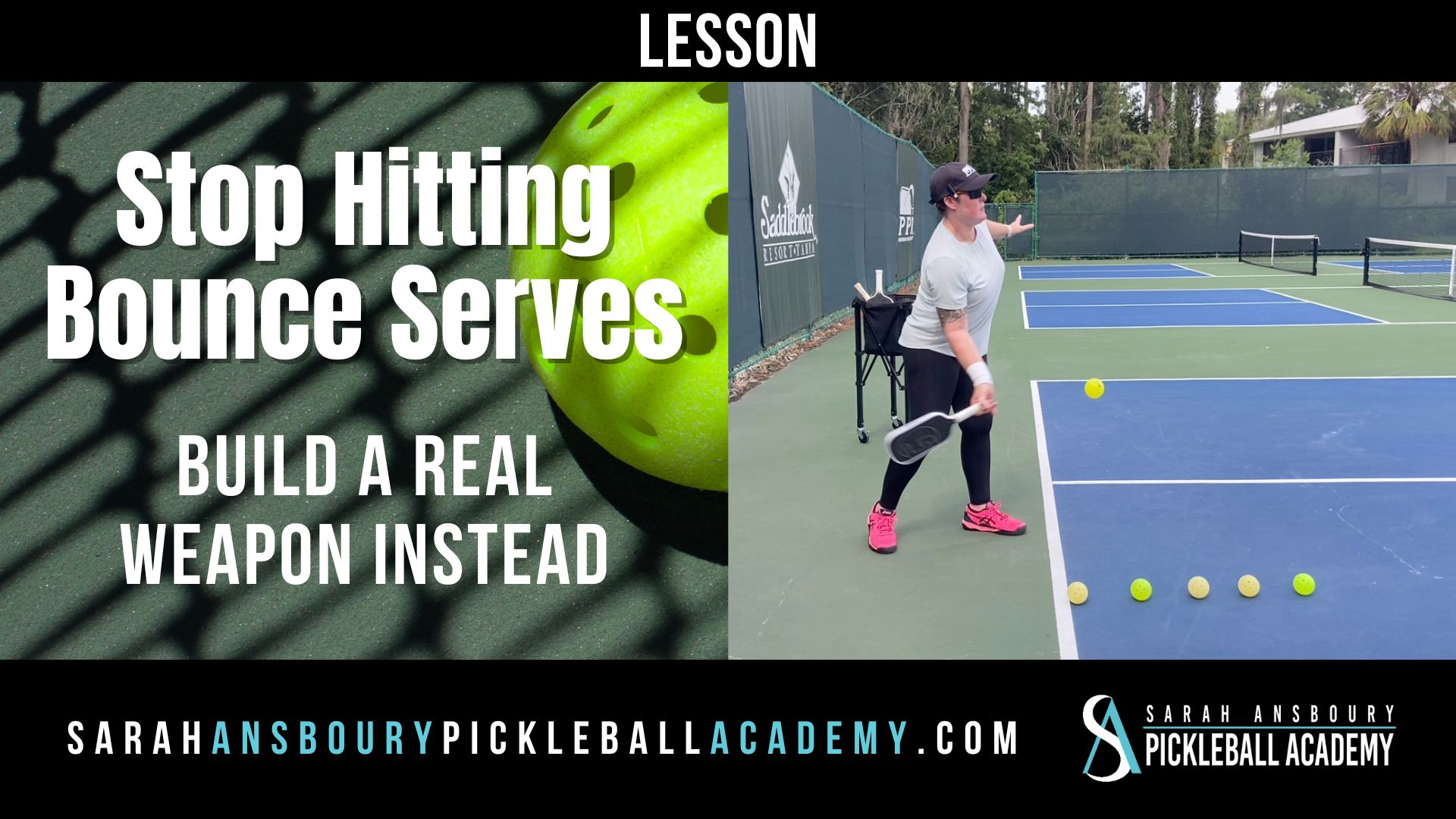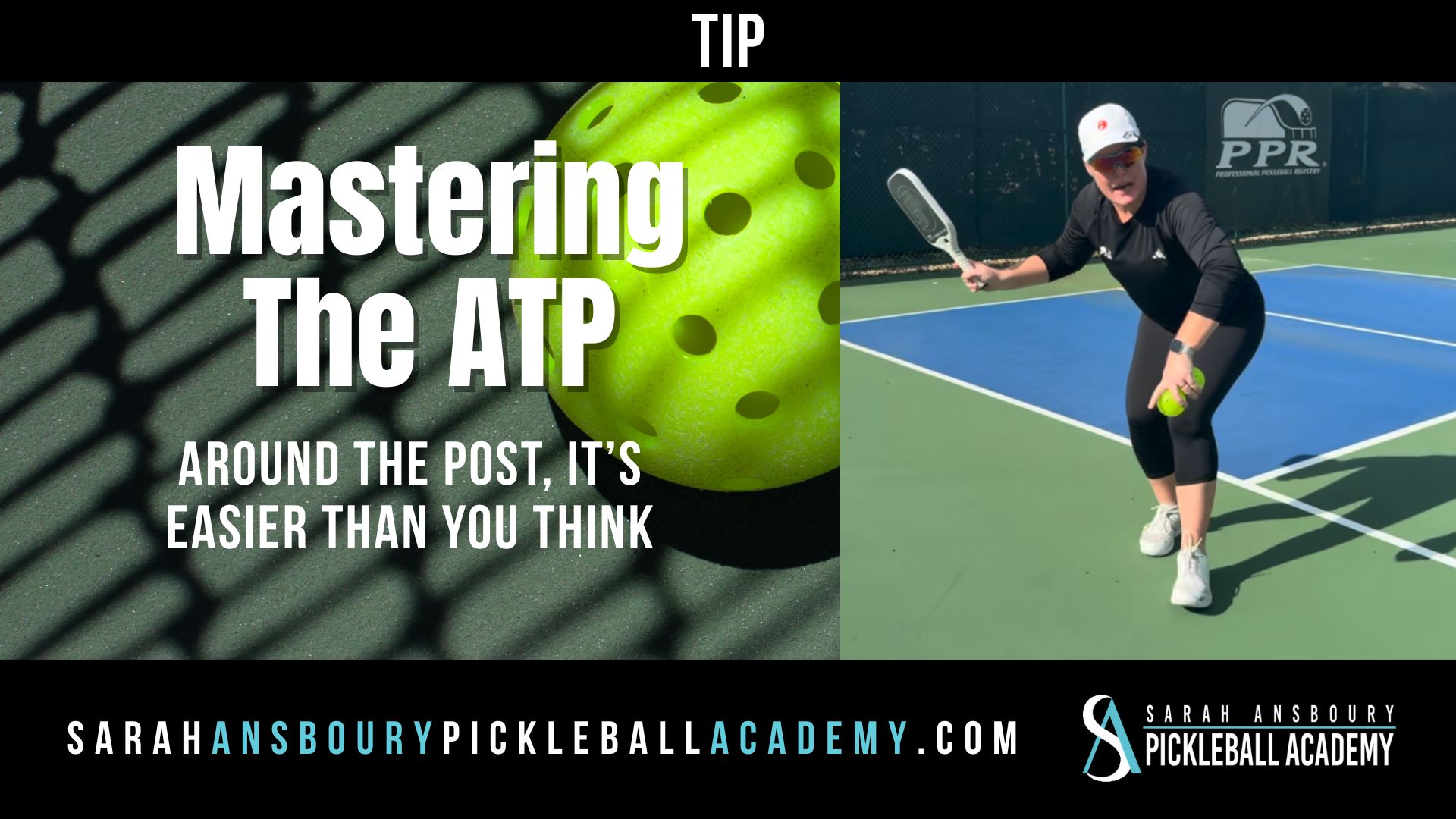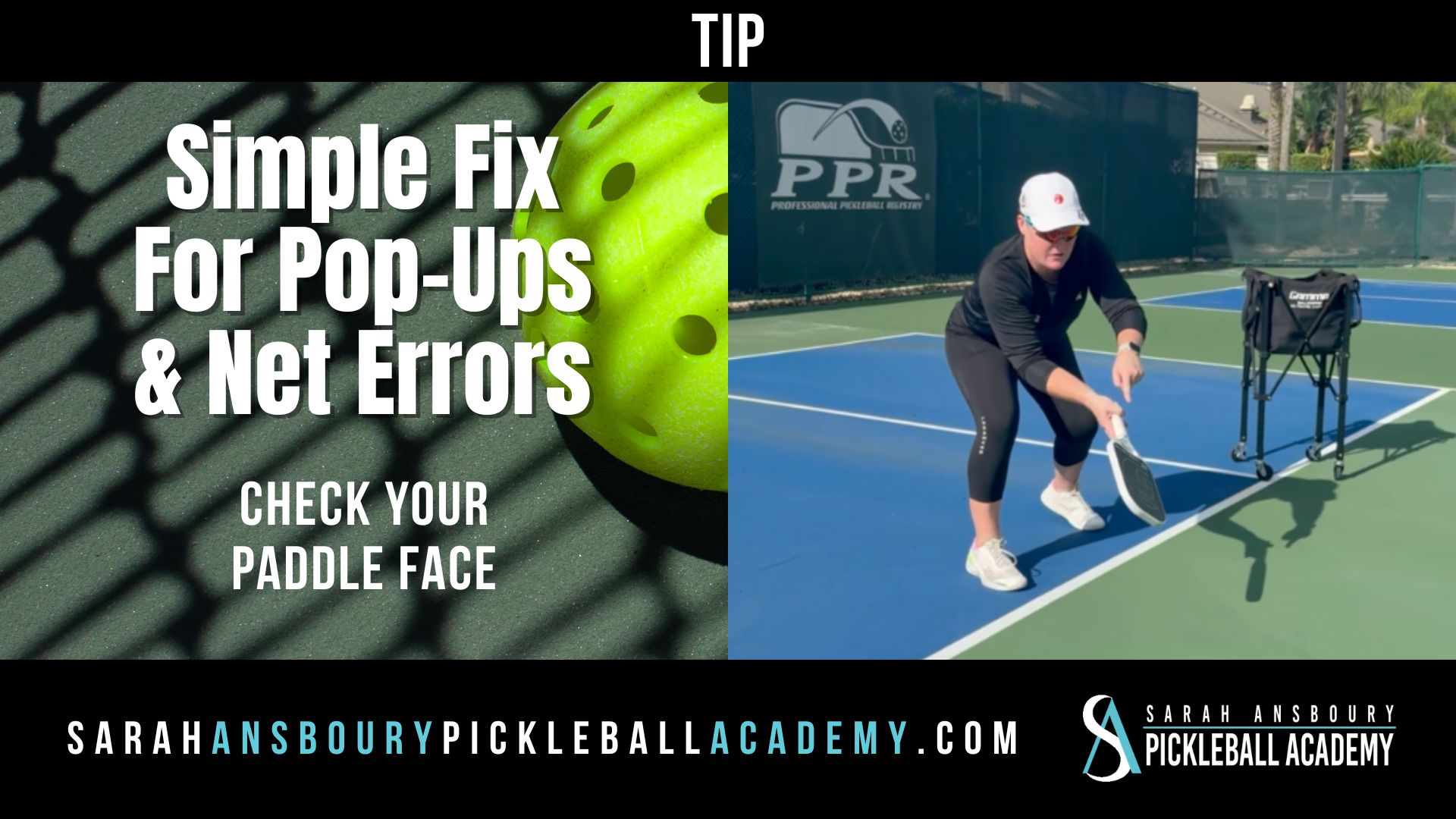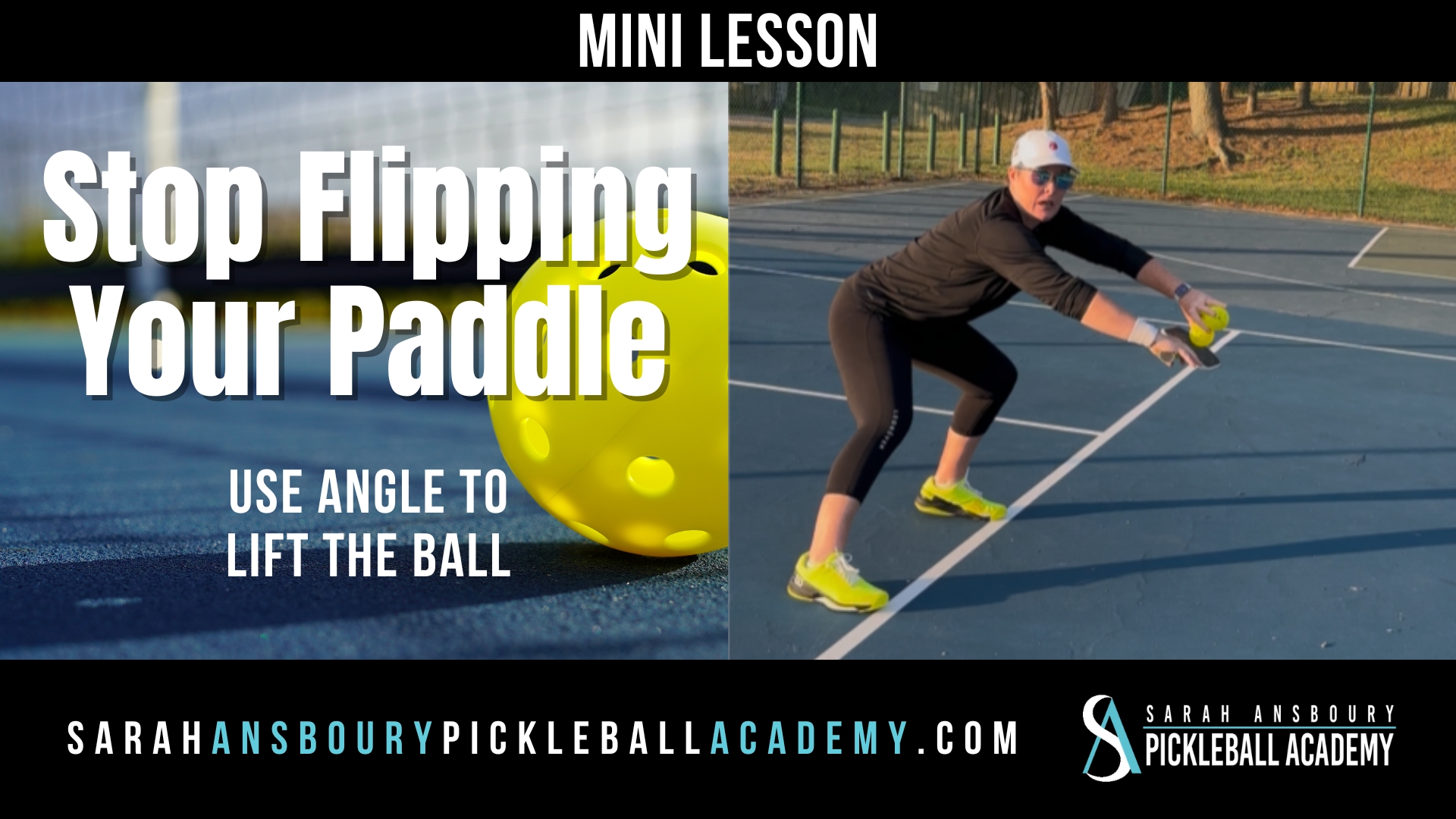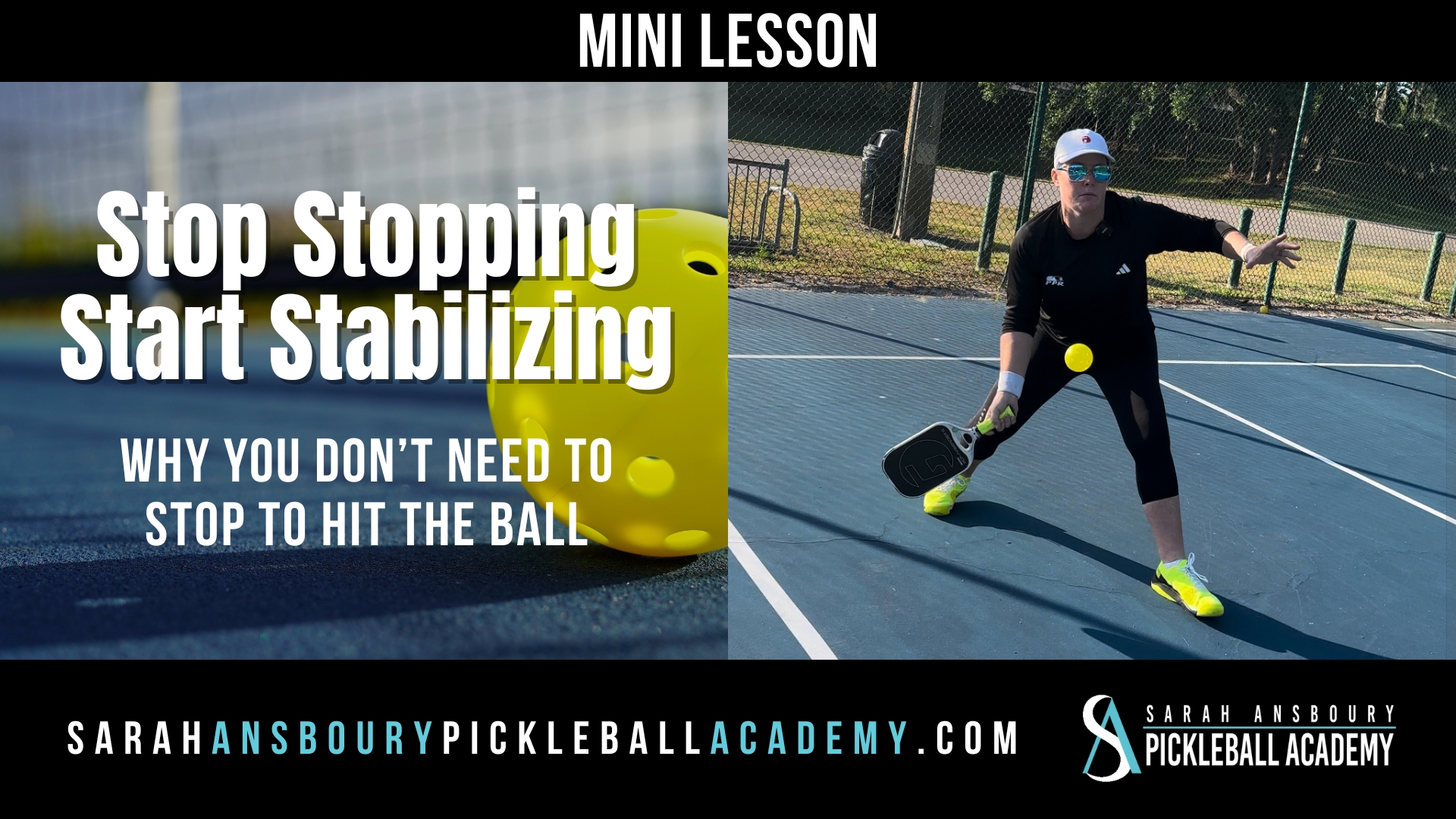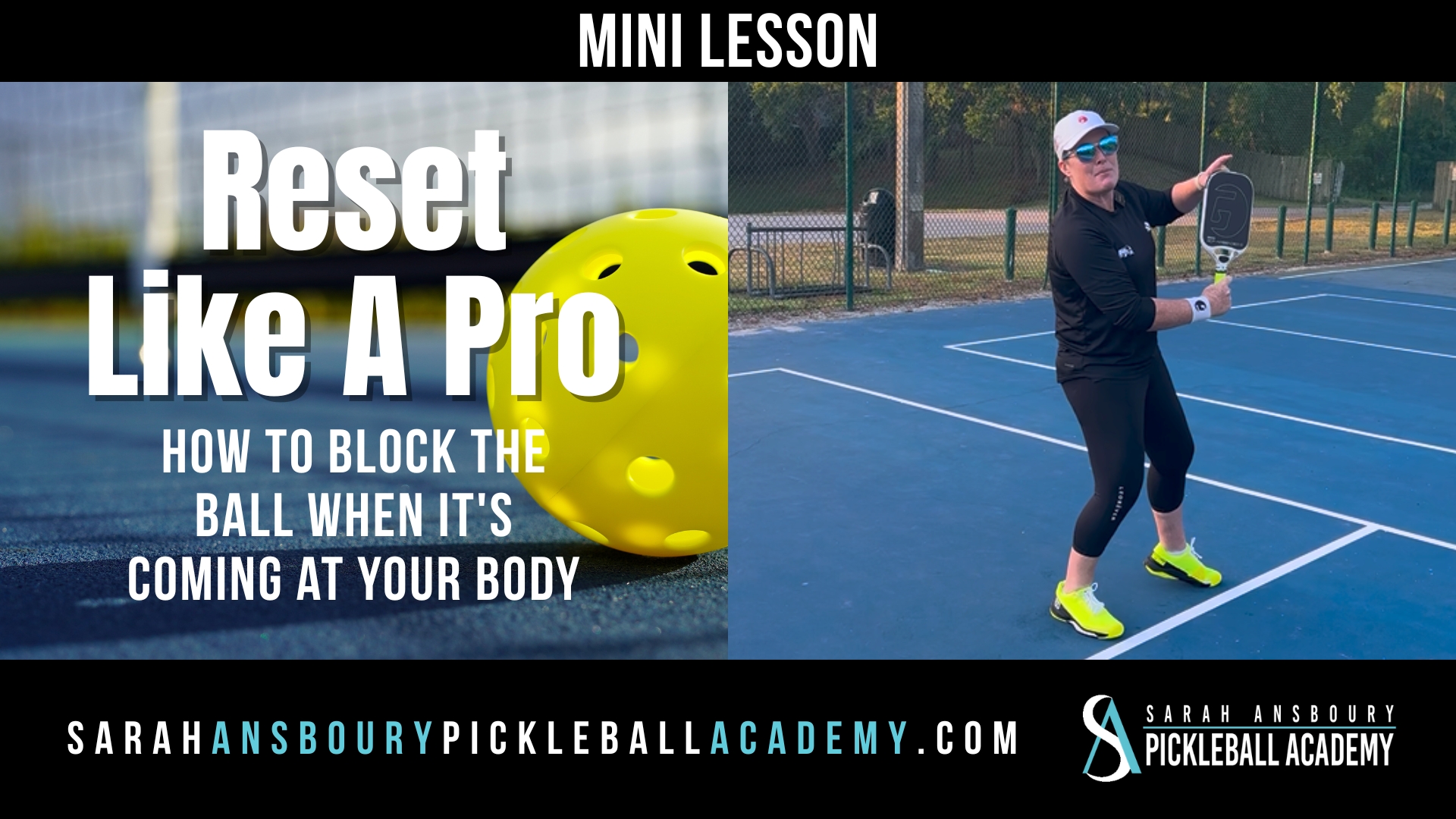Do you ever poach? Though poaching is more common among higher skill level players, it can be used at any level. But there are a few things to keep in mind if you want to poach like a pro.

Poaching is when you move over to intercept a ball that would typically be taken by your partner. Here are 7 things you need to consider if you want to be a successful poacher.
Poach Tip #1: Move
Note above I said you “move over” to intercept the ball. I didn’t suggest you “reach over”. One of biggest mistakes players make when they attempt to poach is not getting in position to hit an effective shot. I’ve written and talked about needing to be in your “neutral” zone to make an effective shot. You can’t just stay where you are on the court and reach. You must move your body! Effective footwork is key, and you can learn more about it YouTube.
Poach Tip #2: Stay on The Balls of Your Feet
To move effectively it is best to stay on the balls of your feet. When you watch the top players play, you’ll notice they are seldom flat footed on the court. In fact, one of the biggest things you’ll notice is that they are up on balls of their feet, moving between each and every shot. Again, note I said between shots….not during the shot. Staying up on the balls of your feet and moving between shots is difficult for senior players, particularly those who have had joint replacements. However, I’ve offered some advice for you in my video on Tips for Seniors.
Poach Tip #3: Communicate
Prior to the match you and your partner need to discuss poaching if you intend to use it as an offensive weapon. (Some players use hand signals behind their back when they are standing at the line and their partner is returning serve, to suggest they may poach.) You will also want to talk about each player’s responsibilities when poaching. For example, after you hit the poach shot will you switch or return to your original side of the court. The key is to select the right ball, and typically this will be determined by the return of serve. When your partner is able to hit a deep return of serve, your odds of hitting a poach shot successfully increases. When the return of serve is short, you need to stay put and brace for impact.
Poach Tip #4: Move Just BEFORE They Hit the Ball
You need to be moving into position just before they hit the ball. On the short pickleball court, it is not likely you will have time to get into position if you wait until after the ball has made contact with your opponent’s paddle. There is another benefit to moving just before they hit the ball…and that is they may see you doing it. Now you may be saying, “but they will have the chance to hit behind me.” This is one of those calculated risks that has to be made in pickleball. First, if you do it at the right time, it is unlikely they will be able to redirect the ball. Secondly, and more importantly, if they are thinking about you…they are not focused on making the best shot they can make. Remember this adage: if your opponent is thinking about you, they aren’t playing.
Poach Tip #5: Anticipation
Anticipation is more than a love song sang by Carly Simon. It is key to your success in poaching. Often times you can anticipate your opponents tendencies as the game or match unfolds. For example, when a player rips a ball down the sideline, it is more likely that their next shot will be headed for the middle of the court. If you notice this tendency from your opponent, and your forehand is in the middle, take a chance. Move over a bit just before they strike the ball so you have a better chance of intercepting that next ball.
Poach Tip #6: Track the Ball with Your Paddle
I like to keep my paddle up and my body should be facing the direction the ball is coming. I use my paddle to track the ball. By doing this I am better able to keep the paddle up, move in the correct direction more quickly, and gets me closer to the ball I want to poach.
Poach Tip #7: Poaching is a Strategy, NOT a Lifestyle
You have likely noticed that poaching occurs more often in mixed doubles than in same gender doubles. However, everyone can learn to poach. It doesn’t matter your age, gender or skill level. That is not to suggest that any player should consume 80% of the court. I have, from time to time, witnessed the “stronger” player playing so much of the court that the other player can’t ever get a shot. I find this troubling, particularly in recreational play, where there is nothing other than one’s ego at stake. In recreational or open play, we should always afford our partner the respect to play their own game.
If you haven’t done so already, please take a moment to Subscribe to my YouTube Channel and Follow Me on Facebook. I am always looking for your input on the next blog post or YouTube video you want to see. Please feel free to contact me at any time.

